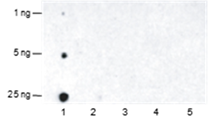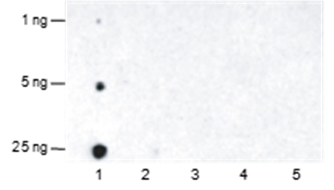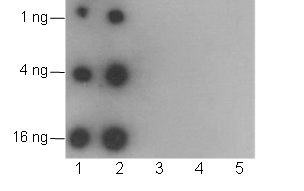Background
Lysine glutarylation is a histone post-translational modification (PTM) that has been recently identified through integrated proteomic approaches and elaborate biochemistry analyses. This modification has been shown to be evolutionarily conserved across multiple species of prokaryotes and eukaryotes, and is present in a wide range of proteins, including both histones and non-histone substrates. Lysine glutarylation is a PTM that is regulated by SIRT5 and nutrient availability, and it has been demonstrated to impact various metabolic processes and mitochondrial functions.
Cellular location
/







